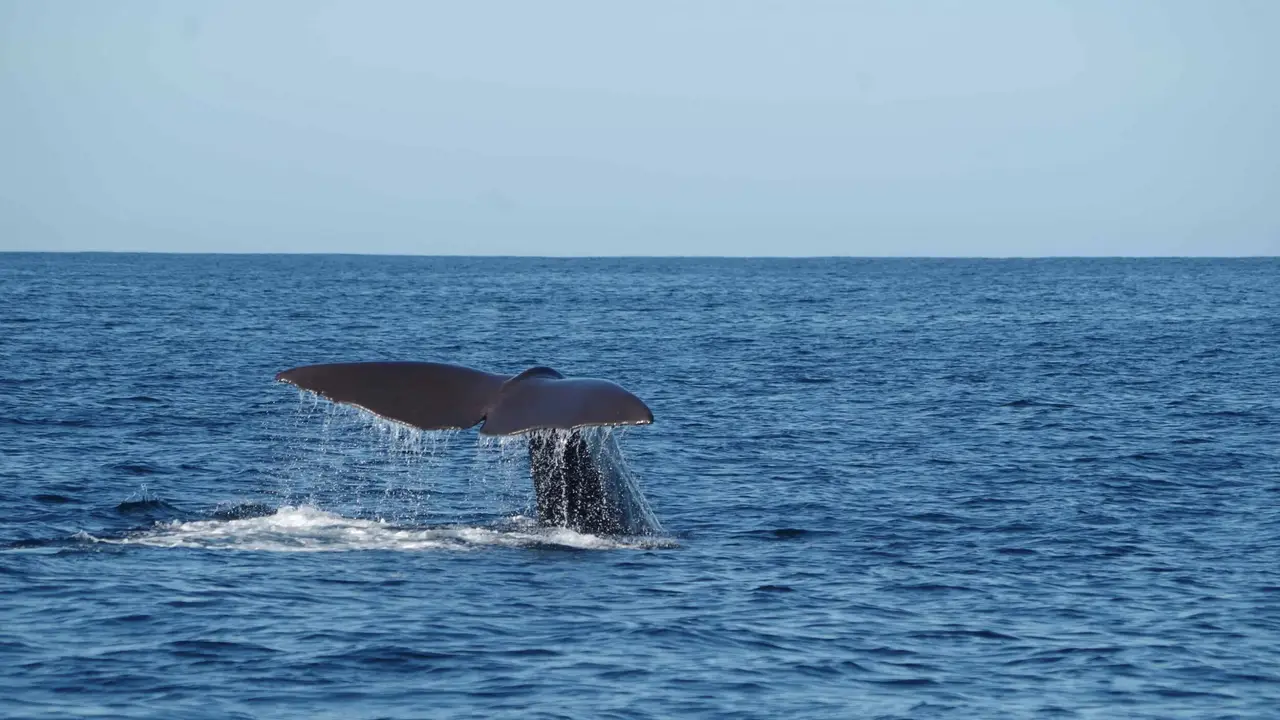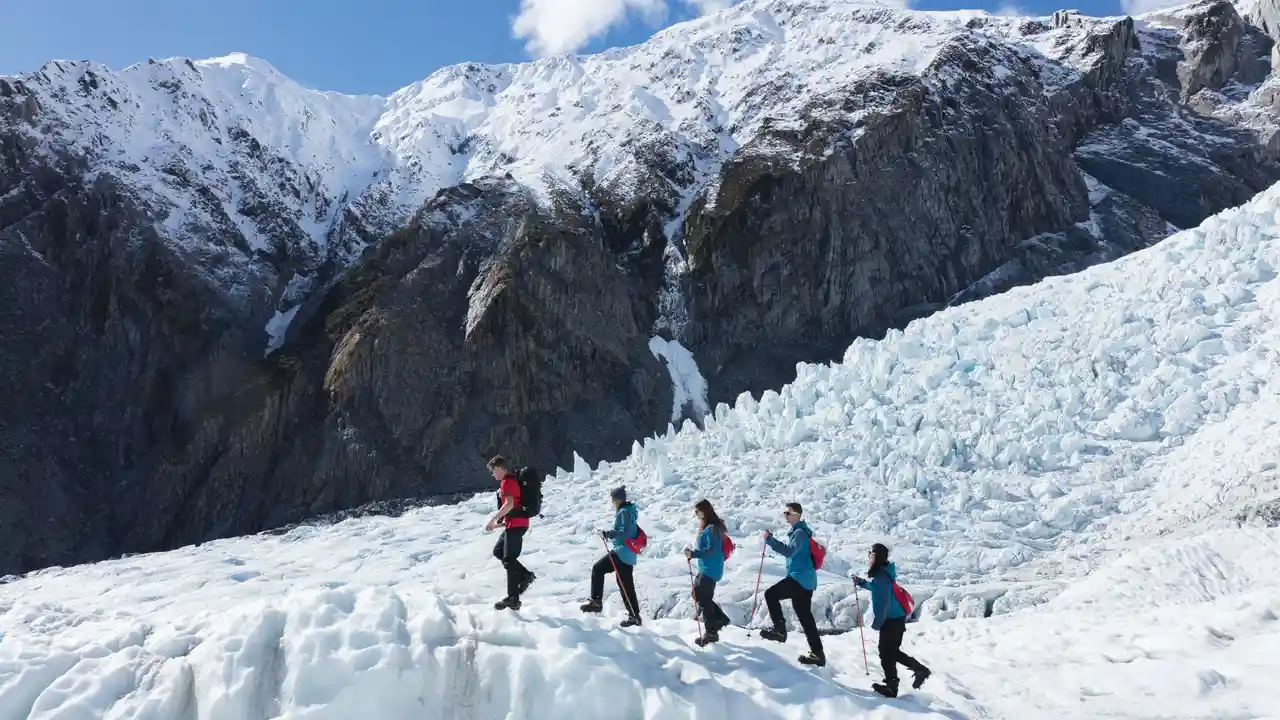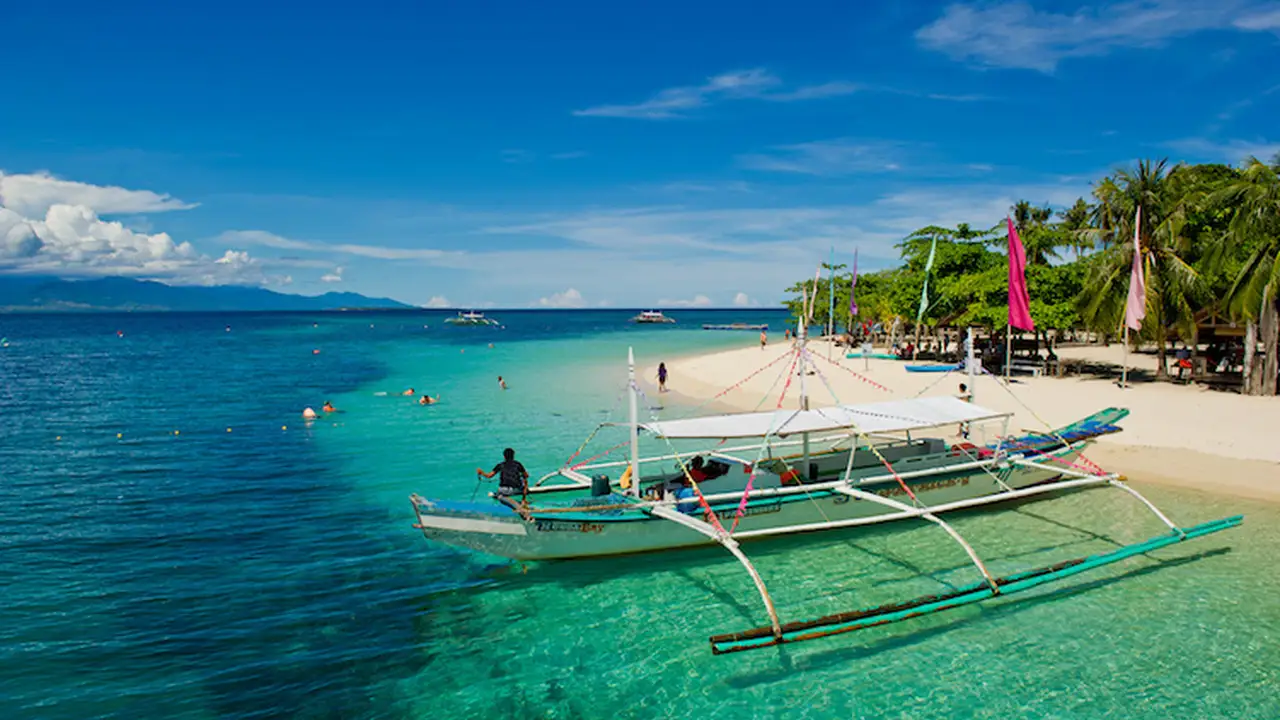Transportation in New Zealand: A Guide for Americans
Sample meta description.

Getting Around New Zealand American Travelers Guide
So, you're heading to New Zealand! Awesome choice. It's a stunning country with incredible scenery, friendly people, and a ton to see and do. But before you get caught up in visions of hobbits and glaciers, let's talk about how you're actually going to *get* around. New Zealand isn't exactly a small island, and relying solely on taxis or ride-sharing apps just isn't going to cut it. This guide is specifically tailored for American travelers, highlighting the best transportation options and things to keep in mind.
Renting a Car New Zealand Road Trip Essentials for Americans
Renting a car is by far the most popular way to explore New Zealand, and for good reason. It gives you the freedom to go wherever you want, whenever you want. Imagine pulling over at a random scenic overlook, or detouring to a hidden waterfall. That's the beauty of having your own wheels.
Things to Consider Before Renting:
- Driving on the Left: Yep, New Zealand drives on the left. This can be a bit tricky for Americans at first. Take it slow, especially in roundabouts. Consider renting an automatic transmission car to simplify things.
- Road Conditions: While New Zealand's highways are generally well-maintained, many roads, particularly in rural areas, can be narrow and winding. Be prepared for slower speeds and take extra caution.
- Rental Car Insurance: Don't skimp on insurance. Seriously. The cost of repairing a dent or scratch can be surprisingly high. Consider getting full coverage to protect yourself.
- Rental Car Companies: Avis, Hertz, Budget, and Europcar are all common international brands that operate in New Zealand. There are also local companies like Apex, GO Rentals, and Omega Rental Cars. Shop around to compare prices and read reviews.
- License Requirements: You can drive in New Zealand with a valid US driver's license for up to 12 months, as long as it's in English or you have an official translation.
Product Recommendations:
- GPS Navigation: While you can use your phone, a dedicated GPS device is often more reliable, especially in areas with poor cell service. Consider the Garmin DriveSmart 66. It's easy to use and has preloaded maps of New Zealand. Cost: ~$200.
- Car Phone Holder: A sturdy car phone holder is essential for hands-free navigation. The iOttie Easy One Touch 5 is a good option. It's compatible with most smartphones and securely attaches to your dashboard or windshield. Cost: ~$30.
- Portable Jump Starter: You never know when you might need a jump start, especially if you're exploring remote areas. The NOCO Boost Plus GB40 is a compact and powerful jump starter that can also charge your phone. Cost: ~$100.
Rental Car Comparison:
Let's compare a few popular rental car options for a week-long trip from Auckland to Wellington:
| Car Type | Company | Estimated Cost (NZD) | Pros | Cons |
|---|---|---|---|---|
| Compact Car (e.g., Toyota Corolla) | Budget | $400 - $600 | Fuel-efficient, easy to park | Limited space for luggage |
| Mid-Size SUV (e.g., Toyota RAV4) | Avis | $600 - $800 | More space, comfortable for long drives | Higher fuel consumption |
| Campervan (e.g., Maui Ultima) | Maui | $1200 - $2000 | Accommodation and transportation in one, freedom to camp anywhere | Expensive, requires camping gear |
Public Transportation New Zealand Bus Train Ferry Options for Tourists
If renting a car isn't your thing, or you're on a tighter budget, public transportation is a viable option, especially between major cities. New Zealand has a decent network of buses, trains, and ferries.
Buses:
InterCity is the main bus operator in New Zealand, offering a wide range of routes throughout the country. They also offer flexipasses, which allow you to travel on multiple routes for a set price. This can be a good option if you're planning on doing a lot of bus travel.
Trains:
KiwiRail operates scenic train journeys on the North and South Islands. The TranzAlpine, which runs between Christchurch and Greymouth, is particularly popular. These trains are more expensive than buses, but they offer stunning views and a more comfortable travel experience.
Ferries:
Interislander and Bluebridge operate ferries between the North and South Islands. These ferries are a convenient way to transport yourself and your car between the islands. Book in advance, especially during peak season.
Campervan Travel New Zealand Freedom Camping Tips for Americans
Campervan travel is a very popular way to see New Zealand, offering the ultimate freedom and flexibility. You can wake up to stunning views, cook your own meals, and camp in some of the most beautiful spots in the country.
Things to Consider:
- Freedom Camping Regulations: New Zealand has strict freedom camping regulations. You can only freedom camp in designated areas and you need to have a self-contained campervan (meaning it has a toilet and wastewater storage). Check the local council websites for information on freedom camping rules.
- Campervan Rental Companies: Britz, Maui, and Apollo are all popular campervan rental companies. Shop around to compare prices and read reviews.
- Campsites: If you're not freedom camping, you'll need to stay at campsites. DOC (Department of Conservation) campsites are often located in scenic areas and are relatively inexpensive. Private campsites offer more amenities, such as showers and laundry facilities.
Product Recommendations:
- Portable Solar Panel: Keep your campervan's battery charged with a portable solar panel. The Renogy 100 Watt 12 Volt Solar Panel is a good option. Cost: ~$120.
- Portable Camping Stove: Cook your own meals with a portable camping stove. The Coleman Classic Propane Stove is a reliable and affordable option. Cost: ~$40.
- Water Filter: Ensure you have access to clean drinking water with a water filter. The Sawyer Products MINI Water Filtration System is a lightweight and effective option. Cost: ~$20.
Cycling New Zealand Bike Tours and Rentals for Active Travelers
For the adventurous traveler, cycling is a fantastic way to explore New Zealand. There are numerous cycle trails throughout the country, ranging from easy coastal paths to challenging mountain bike trails.
Bike Rental:
Many towns and cities offer bike rentals. Expect to pay around $30-$50 per day for a basic mountain bike.
Cycle Trails:
The Great Rides are a network of 23 premier cycle trails throughout New Zealand. These trails offer a variety of terrain and scenery, and are suitable for all skill levels.
Domestic Flights New Zealand Quick Travel Between Islands
If you're short on time, domestic flights can be a convenient way to travel between the North and South Islands, or to reach remote areas. Air New Zealand is the main domestic airline.
Things to Consider:
- Baggage Allowance: Check the baggage allowance before you book your flight. Excess baggage fees can be expensive.
- Airport Transfers: Factor in the cost of airport transfers when comparing flight prices.
Ride-Sharing and Taxis New Zealand Uber and Local Transport Options
Ride-sharing services like Uber are available in major cities like Auckland, Wellington, and Christchurch. Taxis are also readily available, but they can be more expensive.
Hitchhiking New Zealand Safety and Etiquette for Travelers
While hitchhiking is legal in New Zealand, it's not recommended, especially for solo travelers. It's generally considered safe, but it's always best to err on the side of caution.
Walking and Hiking New Zealand Best Hiking Trails and Tips
Don't underestimate the power of your own two feet! New Zealand is a hiker's paradise, with countless trails ranging from short walks to multi-day treks. Always be prepared with appropriate footwear, clothing, and supplies.
Travel Apps and Resources New Zealand Trip Planning Tools for Americans
Here are a few helpful apps and resources for planning your transportation in New Zealand:
- Google Maps: For navigation and route planning.
- InterCity: For booking bus tickets.
- KiwiRail: For booking train tickets.
- DOC: For information on campsites and hiking trails.
:max_bytes(150000):strip_icc()/277019-baked-pork-chops-with-cream-of-mushroom-soup-DDMFS-beauty-4x3-BG-7505-5762b731cf30447d9cbbbbbf387beafa.jpg)






